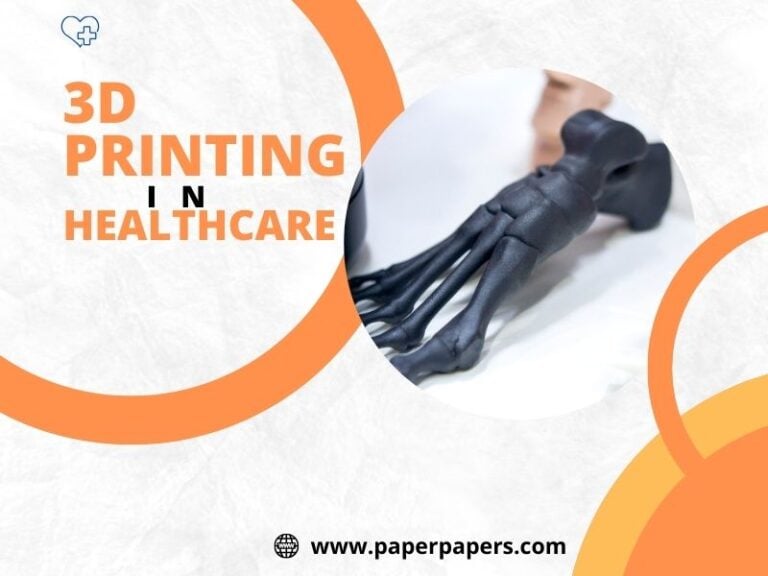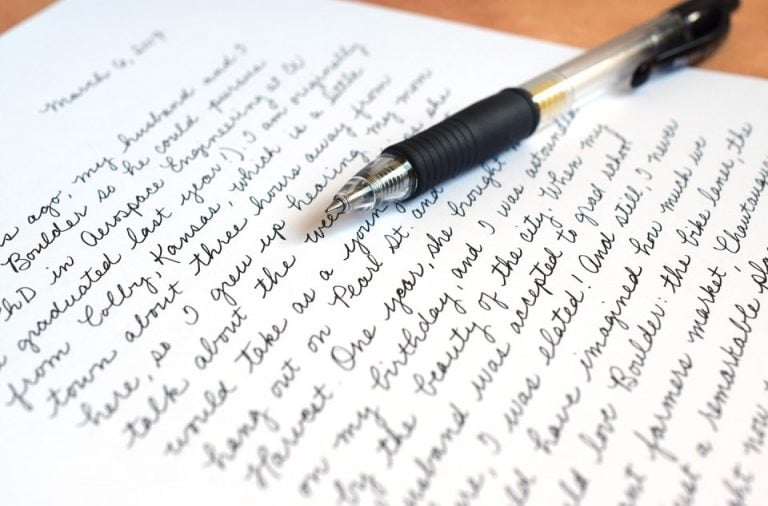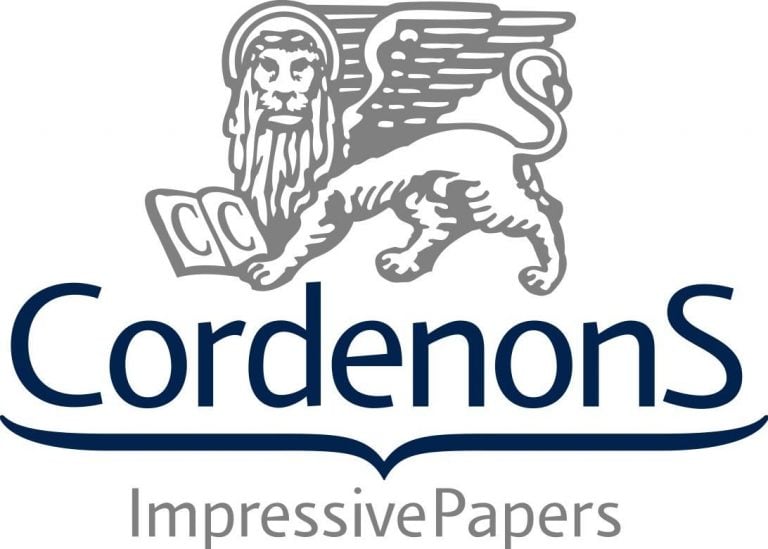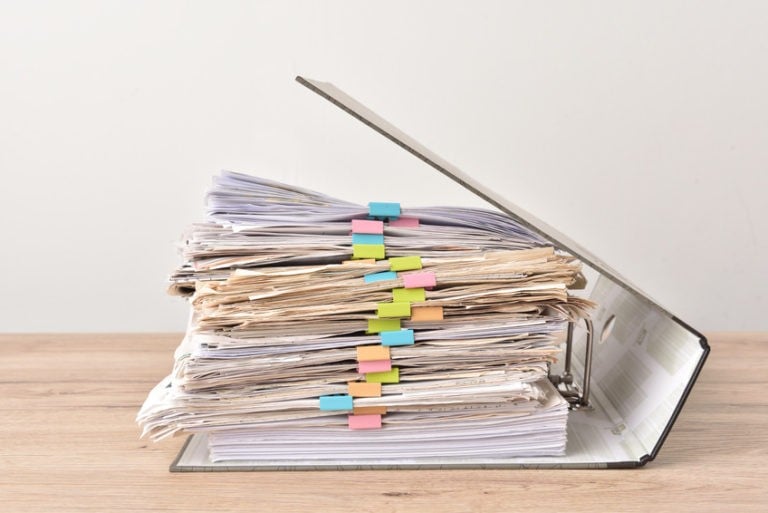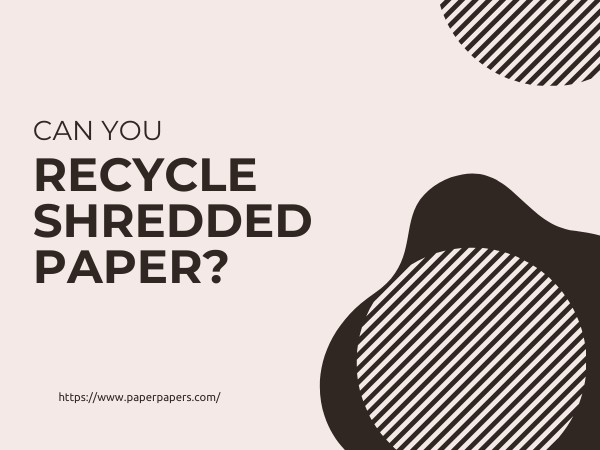Understanding Paper Weight: GSM vs LBS Explained
The Ultimate Paper Weight Guide: Understanding GSM vs LBS
When shopping for paper, one of the most confusing aspects is understanding how its weight is measured. You’ve likely seen terms like GSM or LB, but what do these actually mean? This paper weight guide will help clear up the confusion and assist you in choosing the right paper for your needs.
What is Paper Weight and Why is it Important?
Paper weight refers to how heavy a sheet of paper is, which influences its feel, durability, and printing quality. Whether you’re printing documents, crafting, or designing professional materials, knowing the right paper weight ensures a better final result. Understanding the paper weight guide can significantly enhance your printing projects, ensuring you select the best option for your specific tasks.
Paper Weight Guide: Two common measurements are:
- GSM (grams per square meter) – A metric unit measuring the weight of a 1m² sheet.
- LBS (pounds) – Common in the U.S., it represents the weight of 500 sheets of paper in its base size, which differs depending on the type (bond, text, cover, etc.).

Paper Weight Guide: Understanding GSM in Paper
GSM offers a universal and consistent method for comparing paper across different types.
Common GSM Ranges:
- 80–100 GSM – Standard office paper
- 120–170 GSM – Light cardstock (flyers, brochures)
- 200–300 GSM – Heavy cardstock (business cards, invitations)
- 300+ GSM – Extra-heavy paper for premium prints
Higher GSM means thicker, more durable sheets that resist bleed-through and support sharper ink results.
Understanding LBS in Paper
In the U.S., paper weight is measured in pounds, which can vary based on the paper’s category and original sheet size. This makes LBS less consistent across paper types.
Examples:
- 20 lb Bond – Standard printer paper (~75 GSM)
- 24 lb Bond – Higher quality print paper (~90 GSM)
- 65 lb Cover – Lightweight cardstock (~175 GSM)
- 100 lb Cover – Premium heavy cardstock (~270 GSM)
GSM vs LBS: Clarifying the Confusion
Because LBS is tied to paper type and base size, it’s possible for two sheets with the same LBS to have different thicknesses. For example:
- 80 lb Text is thinner than 80 lb Cover.
GSM avoids this confusion by offering a consistent, direct measurement.

How Paper Weight Affects Performance
- Thicker paper feels premium, handles ink better, and is ideal for business cards, brochures, and invitations.
- Thinner paper is economical, flexible, and perfect for high-volume printing like internal reports.
- Ink appearance improves with heavier papers—minimizing smudges and enhancing sharpness.
Paper Weight Guide: Choosing the Right Paper Weight
Here’s a quick guide for matching paper weight to your project:
| Purpose | Recommended Weight |
|---|---|
| Everyday printing | 20–24 lb Bond / 75–90 GSM |
| Professional documents | 28–32 lb Bond / 100–120 GSM |
| Brochures, flyers | 100–120 lb Text / 120–170 GSM |
| Invitations, greeting cards | 80–100 lb Cover / 220–300 GSM |
| Business cards | 100 lb Cover / 270+ GSM |
Text Paper vs. Cardstock
- Text Paper – Lightweight, flexible, suitable for documents and letters.
- Cardstock (Cover Paper) – Heavier and more rigid, ideal for projects needing a firm hold like postcards or business cards.

Interpreting Paper Weight Charts
Paper charts help convert and compare GSM and LBS across paper types:
| Paper Type | GSM Equivalent | Common Uses |
| 20 lb Bond | ~75 GSM | Office printing |
| 24 lb Bond | ~90 GSM | Letters, business docs |
| 65 lb Cover | ~175 GSM | Flyers, postcards |
| 100 lb Cover | ~270 GSM | Business cards, invites |
Final Thoughts
Whether you’re a designer, business owner, or hobbyist, understanding GSM and LBS gives you the confidence to select paper that aligns with your purpose, printer, and design goals. From crafting invitations to printing professional documents, the right paper weight makes a noticeable difference.
Need help picking the perfect paper? Contact our team at PaperPapers.com—we’re happy to help!
GSM vs LB: Your Paper Weight Guide FAQ
Q: Paper Weight Guide: What is the difference between GSM and LBS when measuring paper weight?
A: GSM (grams per square meter) and LBS (pounds) are two different systems used to measure paper weight. GSM is a metric measurement that directly indicates the weight of paper per square meter, making it consistent across all paper types. LBS or basis weight refers to the weight of 500 sheets of paper in its basic size before being cut to the final dimensions. The same paper thickness can have different LBS values depending on the type of paper, which can be confusing. For example, 80 lb text paper is much thinner than 80 lb cover stock, while GSM remains consistent regardless of paper type.
Q: Can you provide a simple paper weight guide for common types of paper?
A: Here’s a simple paper weight guide: Copy paper typically ranges from 20 lb (75 gsm) to 28 lb (105 gsm). Lightweight brochure or magazine paper is around 80 lb text (120 gsm). Standard business cards use 90 lb index (163 gsm). Regular posters use 100 lb text (150 gsm). Cardstock weight usually starts at 80 lb cover (216 gsm). Premium cardstock is typically 110 lb (300 gsm). Heavyweight cardstock for luxury business cards and invitations is 130 lb cover (350 gsm). Understanding these different paper weights helps in selecting the perfect paper weight for your projects.
Q: How does paper thickness correlate with weight measurements?
A: Paper thickness and weight are directly correlated, though they’re not identical measurements. Thicker paper generally weighs more than thinner paper of the same type. While weight is measured in GSM or LBS, thickness is typically measured in points (pt) or mils (thousandths of an inch). For example, standard 20 lb copy paper (75 gsm) has a thickness of about 3.8 points (0.0038 inches), while 110 lb cardstock (300 gsm) might be around 14 points (0.014 inches) thick. However, paper manufacturing processes can create variations where two papers with the same weight might have slightly different thickness depending on the materials and processing techniques used.
Q: What are the standard weights for different paper types in both GSM and LBS?
A: Standard weights for different paper types include: Standard office copy paper: 20 lb (75 gsm). Premium writing paper: 24-32 lb (90-120 gsm). Magazine paper: 45-70 lb (68-105 gsm). Brochure paper: 80-100 lb text (118-148 gsm). Basic cardstock: 80 lb cover (216 gsm). Business cards: 80-110 lb cover (216-300 gsm). Postcards: 90-110 lb cover (244-300 gsm). Heavyweight cardstock for invitations: 110-130 lb (300-350 gsm). The basis weight system (LBS) differs by paper category (bond, text, cover), while GSM provides a more consistent measurement across all paper types, making it easier for comparing the actual weight of different paper stocks.
Q: Paper Weight Guide: How do I choose the right paper weight and thickness for my printing needs?
A: Choosing the right paper weight and thickness depends on your project’s purpose and durability requirements. For everyday documents like letters and internal memos, standard 20 lb (75 gsm) copy paper works well. For professional documents and letterheads, choose 24-28 lb (90-105 gsm) paper. Brochures and flyers benefit from 80-100 lb (120-150 gsm) text weight paper. Posters should use 100 lb text or heavier. Business cards typically use 80-110 lb cover stock (216-300 gsm). For premium invitations or greeting cards, select 110 lb (300 gsm) or heavier cardstock weight. Consider how the paper will be handled, whether it needs to be folded, and the impression you want to make when selecting the appropriate weight.
Q: What are some examples of paper weights used in everyday items?
A: Examples of paper weights in everyday items include: Newspaper: 35-55 gsm (very lightweight). Standard printer paper: 75-90 gsm (20-24 lb). Magazine pages: 70-115 gsm (depending on quality). Paperback book pages: 60-90 gsm. Business cards: 250-350 gsm (90-130 lb cover). Playing cards: 300-330 gsm (110-120 lb). Greeting cards: 240-350 gsm (90-130 lb cover). Cereal boxes: 200-350 gsm (equivalent to 80-130 lb). Photo paper: 180-280 gsm (varies by finish). Understanding these examples helps in recognizing different paper weights and selecting appropriate options for your own projects. International Organization for Standardization (ISO) – ISO 216 Paper Sizes Covers how paper sizes and weights are standardized, especially relevant for GSM-based measurements.
Q: How do I convert between GSM and LBS measurements?
A: Converting between GSM and LBS requires knowing the paper type since the LBS system varies by category. Here’s a simplified paper weight conversion chart: For Bond/Writing paper: LBS ≈ GSM ÷ 3.76 (20 lb bond ≈ 75 gsm). For Text/Book paper: LBS ≈ GSM ÷ 1.48 (80 lb text ≈ 120 gsm). For Cover/Card stock: LBS ≈ GSM ÷ 2.71 (80 lb cover ≈ 216 gsm). To convert from LBS to GSM, multiply by the appropriate factor. For example, 100 lb text paper would be approximately 148 gsm (100 × 1.48). These conversions are particularly useful when comparing different paper types or when a specific weight is required for your printing needs.
Q: Paper Weight Guide: What paper weight should I use for business cards and invitations?
A: For business cards, the industry standard is 80-110 lb cover stock (approximately 216-300 gsm). Professional business cards typically use 100 lb cover (270 gsm), while premium or luxury cards use 110-130 lb cover (300-350 gsm). For invitations, the appropriate weight depends on the formality and impression you want to convey. Casual invitations work well with 80-100 lb cover (216-270 gsm), while formal wedding or special event invitations typically use thicker, heavier paper weight of 110-130 lb cover (300-350 gsm). The heavier paper weight provides a substantial feel that conveys quality and importance, while still allowing for easy mailing without excessive postage costs. Printing.org – Paper Weights Explained by the Printing Industries of America Offers an in-depth explanation of how paper is categorized and why paper weight matters in printing applications.
Q: Paper Weight Guide: Why do different paper manufacturers sometimes list different weights for seemingly similar paper?
A: Different paper manufacturers may list varying weights for similar paper due to several factors. First, the basis weight system (LBS) is inherently confusing because it measures 500 sheets of the parent sheet size, which differs by paper type. Second, manufacturing processes and materials vary between companies, resulting in papers with different densities even at the same thickness. Third, some manufacturers may measure using slightly different methods or round their measurements differently. Additionally, international differences exist between North American and European standards. For the most accurate comparison between different paper products, look for the GSM measurement, as it provides a standardized weight per square meter regardless of paper type or manufacturer, giving you a clearer understanding of paper weights.
Q: What are the environmental considerations related to paper weight?
A: Environmental considerations related to paper weight are significant. Heavier paper requires more raw materials to produce, resulting in greater resource consumption and environmental impact. For example, producing 100 sheets of 110 lb (300 gsm) cardstock uses approximately four times the fiber of 20 lb (75 gsm) copy paper. Heavier papers also require more energy to manufacture, transport, and recycle. However, thicker paper is often more durable, potentially reducing the need for reprints or replacements. When choosing paper weight, consider whether the durability benefits justify the additional environmental cost. For environmentally conscious projects, select the lightest weight paper that meets your functional requirements and look for recycled content or sustainable forestry certifications regardless of the paper thickness you choose.


